A Student Pilot, a High-Risk Maneuver, and a Tragic End
On February 15, 2023, a Star Lite SL1 aircraft crashed near Corning, California, after the student pilot attempted an aerobatic maneuver, causing the left wing to separate mid-flight. The aircraft plunged into an orchard, killing the 35-year-old pilot on impact.
This accident highlights reckless flying, pilot inexperience, and the dangers of impaired decision-making—a combination that led to a catastrophic structural failure.

The Aircraft and Flight: A Personal Flight Turned Deadly
- Aircraft: Star Lite SL1 (Unregistered)
- Flight Type: Part 91 – Personal Flight
- Pilot: 35-year-old student pilot (1 fatality)
- Location: Corning Municipal Airport (0O4), Corning, CA
- Time of Crash: 5:30 PM local time
The aircraft was not aerobatic-rated, yet the pilot attempted a barrel roll at low altitude. Witnesses, including the aircraft owner, saw the left wing detach mid-maneuver, leading to a fatal loss of control.
The Final Moments: A High-Risk Maneuver Gone Wrong
The pilot and the aircraft owner had been taking turns flying in the traffic pattern at Corning Municipal Airport.
- The owner flew five or six takeoffs and landings, then handed control to the student pilot.
- The student pilot completed one successful pattern and landing.
- On the second takeoff, he attempted a barrel roll.
- While pulling out of the roll, the left wing detached, sending the aircraft into an uncontrollable descent.
- The aircraft crashed into an orchard about 0.5 miles southwest of the airport.
The Aircraft: Not Built for Aerobatics
The Star Lite SL1 is not rated for aerobatic flight.
- The airplane owner confirmed that it was never designed to handle high-G loads.
- No maintenance records were provided, raising concerns about the aircraft’s structural integrity.
- The wreckage was discarded before investigators could inspect it, making it impossible to confirm the exact cause of the wing failure.
Attempting a barrel roll in a non-aerobatic aircraft is extremely dangerous—the aircraft’s structure simply isn’t designed to handle those forces.
The Pilot: Inexperience and Risk-Taking
The 35-year-old student pilot had:
- 120 total flight hours
- 45 hours in the last six months
- No aerobatic training
Despite his limited experience, he attempted a high-risk maneuver in an aircraft that wasn’t designed for it—a fatal decision.
Drugs, Mental Health, and Impaired Judgment
The toxicology report revealed that the pilot tested positive for methamphetamine and bupropion, both of which:
- Are disqualifying for FAA medical certification
- Can impair judgment, risk perception, and decision-making
The pilot had been diagnosed with bipolar disorder and was being treated for ADHD.
Bupropion and amphetamines, including methamphetamine, can trigger manic behavior, leading to increased impulsivity and risk-taking. Methamphetamine use is associated with poor cognitive function, paranoia, and reduced ability to assess danger.
The pilot did not disclose his condition or medication use to the FAA. While it’s unclear whether drugs directly caused the accident, his reckless decision to attempt aerobatics in an unsuitable aircraft suggests impaired judgment.

Probable Cause: A Fatal Miscalculation
The NTSB determined the probable cause of the accident to be:
- The student pilot’s loss of airplane control during an intentional aerobatic maneuver, which resulted in an in-flight separation of the left wing and subsequent impact with the terrain.
Lessons Learned: Avoiding Reckless Flying
This accident serves as a stark reminder of the dangers of reckless flying and impaired judgment.
- Know Your Aircraft’s Limits – If it’s not aerobatic-rated, don’t attempt aerobatics. Even experienced pilots must respect structural limits.
- Training Matters – Aerobatic flight requires specialized training. Untrained maneuvers can be fatal.
- Medical Conditions and Medication Matter – Certain medications impair judgment, reaction time, and risk awareness. Disclosing medical conditions to the FAA is critical for safety.
- Respect the Rules – The FAA sets limits on what student pilots can do for a reason. Attempting aerobatics without training or authorization is reckless.
Final Thoughts
The 2023 Star Lite SL1 crash in Corning, CA, was a textbook case of preventable tragedy.
The student pilot lacked the training, experience, and aircraft capability to perform aerobatics safely. His decision to attempt a barrel roll—possibly influenced by impaired judgment—led to a catastrophic wing failure.
This accident highlights the critical importance of respecting aircraft limitations, following proper training, and avoiding reckless risk-taking in aviation.
The sky is unforgiving of poor decisions.

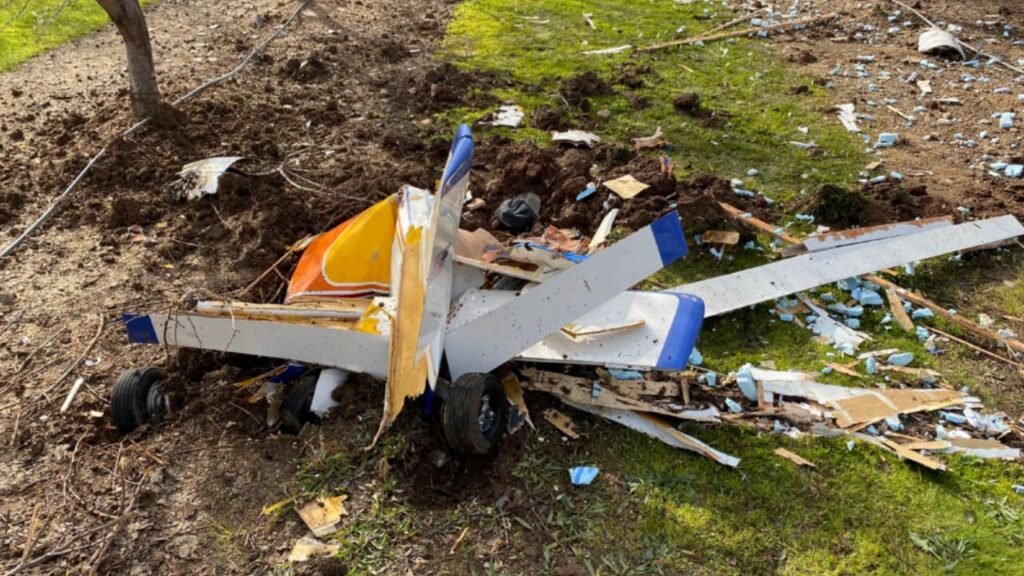



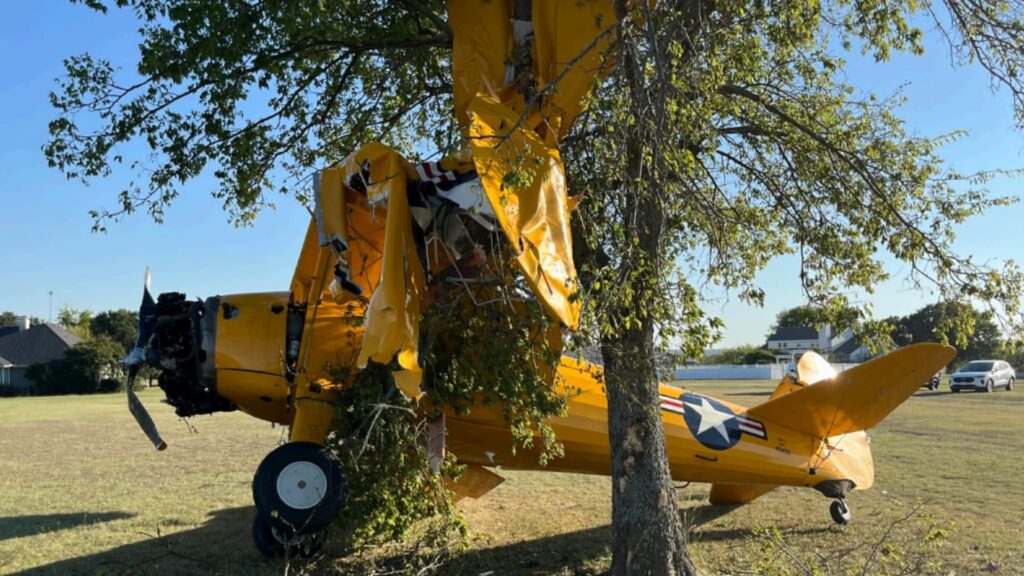
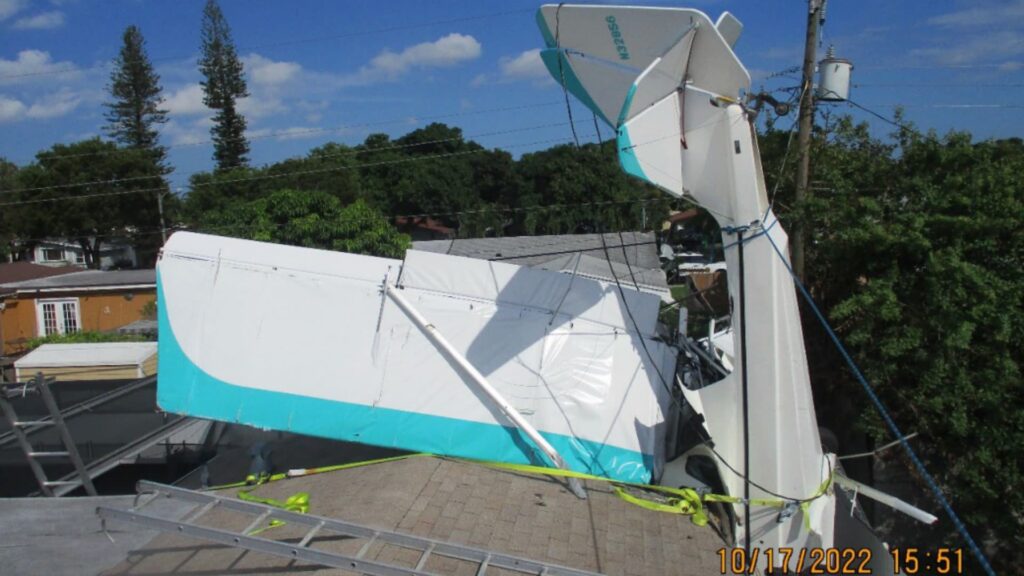

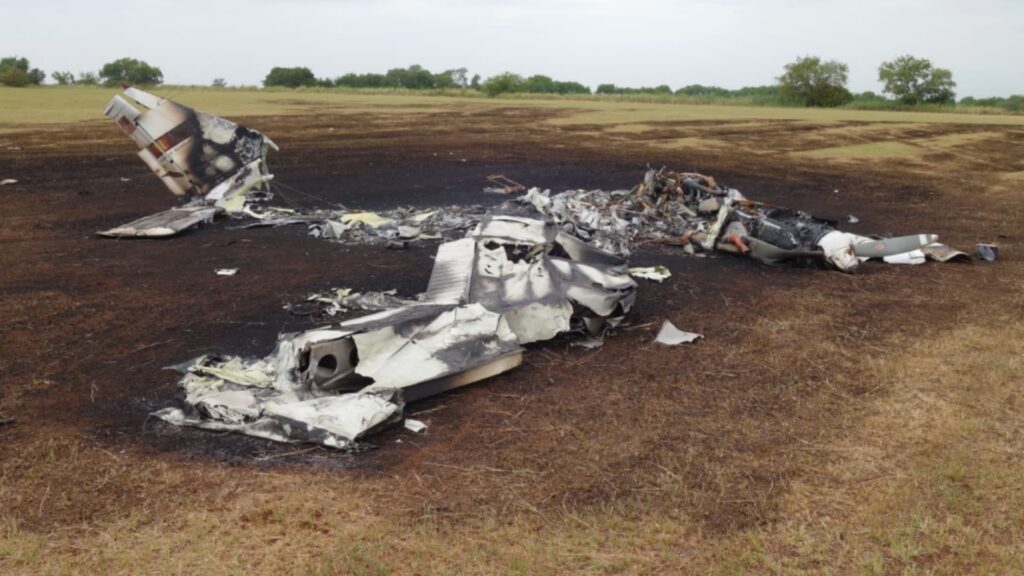
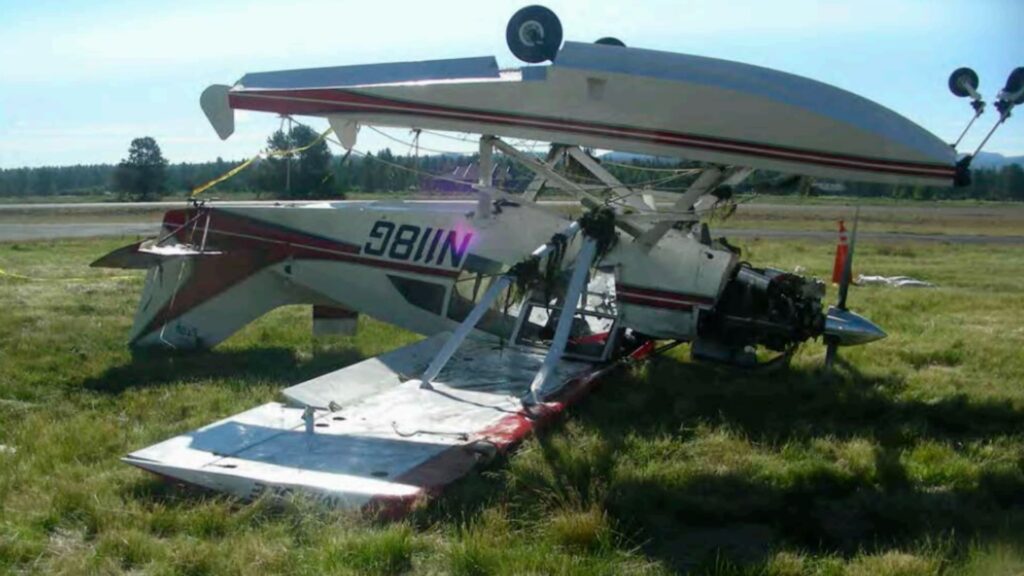
9 Comments
“Attempting a barrel roll in a non-aerobatic aircraft is extremely dangerous—the aircraft’s structure simply isn’t designed to handle those forces.”
Hoover, I appreciate your debriefs but I think this is a bit of an oversimplification.
As Tex Johnson famously demonstrated in a 707 prototype, virtually any airplane can be barrel-rolled. When done properly, the aircraft stays very close to +1G. The problem is that most people don’t do them properly on their first few attempts.
The tendency is to start the roll with just aileron input rather than pitching up first. As the aircraft approaches inverted flight, the nose drops and airspeed builds rapidly. Pilots may then panic and pull the stick back, greatly increasing the G load. And the witness statement backs this up, stating that the airplane “had too much ground speed at the bottom of the roll” and when the pilot “tried to pull up, the left wing separated.”
NOTE for Hoover’s readers: This is *not* an endorsement of performing barrel rolls in non-aerobatic aircraft, and especially not by pilots who lack aerobatic training. Find a flight school that offers aerobatic training instead.
My qualifications: Comm ASEL Inst. IAC competitor since 1998 up to the Advanced category. 200 hrs in Pitts S-2B, 700 hrs in Extra 300L, 350 hours in Giles G-200.
A barrel roll is a specific maneuver. There is no way to determine if this maneuver was being attempted. The correct thing would be “attempted a roll”‘.
Remember the dialog well from T28 flight instructor days. “You will enter the maneuver from an altitude of 6000 ft . . . etc
T28? Could you clarify what that is please?
The T28 Trojan is a 7,000 lb., tricycle landing gear with a 1,400 hp., basic trainer used by both the US Airforce and the US Navy. the Airforce version has a smaller engine and a two bladed prop. The Navy version used a Wright 1820-86A, non-supercharged version with a 3-bladed prop. There were 4 versions, A, B, C and D, the Navy used the later three versions. They were tandem seated, with full controls at both seats, the rear seat had a cloth pull-down hood for instrument training. The B version was the basic (primary) Navy trainer, the C version had a tail-hook for carrier landing practice, and the D that was used in Viet Nam, and was armed. They were great to fly in with a powerful engine on a light airframe, somewhat of a ‘hot rod.’ While at NAS Miramar Transit line (1970-1975), I had 5 of them and was the plane captain which maintained them. I have about 60 hours in the back seat flight time as I would go flying whenever I got a chance. They were used as a Safety Plane at the El Centro, Ca., practice bombing range and flown by station pilots. Later, they were flight restricted, no more rolls or spins, of which I wasn’t fond of, as the horizontal tail would come off. To close, one of my best times in the Navy, an earlier one was working on (1963-1970) and then being plane captain (1968-1969) on the P2V7 with 1,600 flight hours and then working on and then teaching the F14 Tomcat engines and fuel systems. I retired a Chief Aviation Machinist Mate ADC AC (Air Crew) 1963-1989
Thank you for taking the time to give such a detailed reply! You clearly know what you’re talking about.
Mental disorders are not disqualifying for a pilot’s license? There is no way for the FAA to check for mental disorders This alone would be bad enough, but add the drugs and his death was just a matter of time.
I think, in my opinion, basing person proficiency and attitude on Mental Illness like BiPolar is wrong. This fellow crashes the plane not because he is BiPolar or has mental illness. He crashes the plane because of the following character attribute.
1. Narcissist: Grandiose sense of self importance. And seeking for some form of social admiration from their peers.
2. Likely suffering from Dunning-Kruger: Person of low competence who over estimate his/her ability, thus leading to decision that is over their proverbial head.
3. Some form of Psychopathic trait. Complete disregard to social-norm. Lack of concern for others.
Now none of these are default character of someone who is BiPolar.
And I know this, because I am Bipolar myself. I take my meds regularly. I drive my car regularly, I interact socially. I am a volunteer teacher on STEM Science to primary school students. (I’m in technology). Now all of that requires i need to be careful, considerate and fully aware of my responsibilities, socially or otherwise. So i followed the expected social behavior and attitude. One reason that attract me to Hoovers Podcast is I’m in to RC Scale modelling. Which mean i build my own large scale aircraft and fly it myself. But in order for me to operate this flying devices, i have to register to CASA and has to undergo proper RC Flying Test. In addition to this, I must be a paid member of club and fully insured operators. It might not be similar to full size aircraft Pilots. But what I’m trying to say is, I have to follow specific Guidelines and CASA Policy. Otherwise i could lose my certificate and barred from getting Insurance.
BiPolar for those who does not know this mental illness is sudden Ups or Down in emotional stability. More often sudden burst of creativity or lost of interest. BiPolar could be controlled and manages through medication, medical checkups and counselling. Thus, its holding off the proverbial demon at bay. The fellow who crashes the plane maybe BiPolar, but its not the illness than drove him to do stupid things. Its likely its due to the three destructive trait he has. And also, probably, consumption of Illegal drugs. I believe the FAA is exonerated by the fact that what happen is failure of Instructor to monitor this person behavior while in training. Because all these three behavior can only be observed by someone who closely interact with this person. So in my summary BiPolar is not the cause of the problem, Its the person personal and social traits, which was not reviewed carefully during the training, by the people who was supposed to be observing carefully during this person’s attempt to earn a pilot certificates.
I have always been surprised that flight medicals don’t include blood tests especially on a random basis. Leaving self reporting as the basis for determining impairment “drugs or alcohol” is inherently risky.since most pilots in this category don’t want to risk their license.